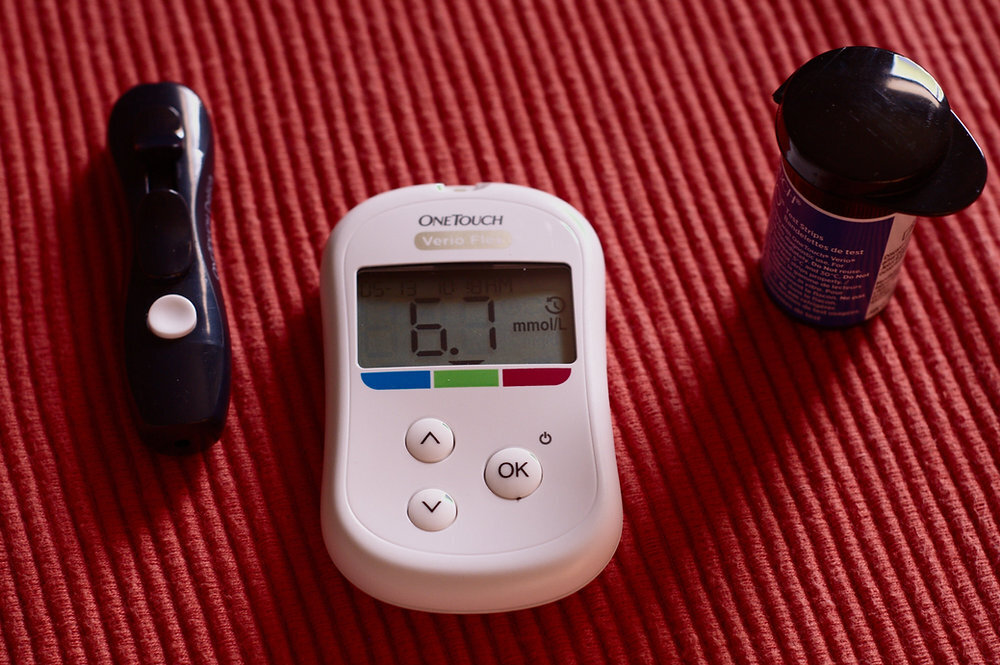MIT engineers have developed an implantable device for Type 1 diabetes treatment. The device contains insulin-producing cells and self-generates oxygen by splitting bodily water vapor. Promising results in diabetic mice show stabilized glucose levels. This advancement could eliminate daily insulin injections, offering a groundbreaking solution for diabetes management.
Here’s the story directly from MIT. I hope this goes somewhere!
So many questions…
Is the "Oxygen factory" component worn externally?
How exactly does it separate the Oxygen from vapor? What do they mean by "vapor", does that mean the implant needs access to the respiratory system somehow?
I wonder why they don't use the oxygen carried by the red blood cells instead of producing their own. I'm guessing this way is just easier from a technical standpoint but it seems more energy intensive.
Oxygen and carbon dioxide exchange happens at the capillary level, where red blood cells squeeze through one blood cell at a time. The fact that the red blood cells are physically pressed up against the capillary walls, is a mechanical requirement to help strip oxygen off of hemoglobin and to dump carbon dioxide at the same binding site.
You'd basically need to grow organs and tissue capable of that gas exchange, at which point you'd be at the endgame of simply replacing defective organs and glands with actual organs and glands, instead of a manufactured pseudo gland.
I see. So there simply isn't a practical way of getting the oxygen that way.
We're not at that technological level yet.




